Eco-Friendly Roofing: Natural, Recyclable Solutions for Sustainable Homes
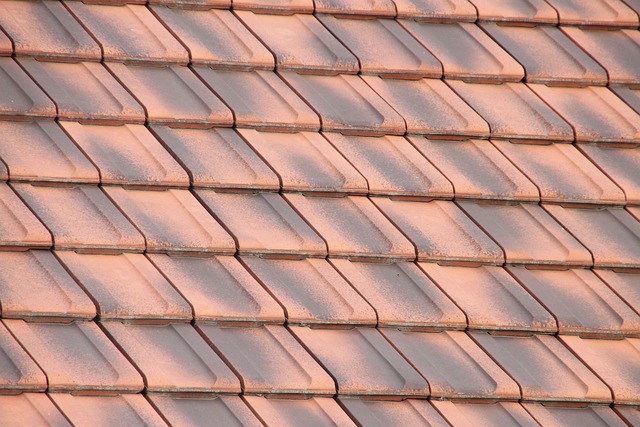
The growing demand for eco-friendly building materials, driven by environmental awareness, is accele…….
Clay and Concrete Tile Roofing: A Comprehensive Overview
Introduction
Clay and concrete tile roofing have stood the test of time, offering durability, aesthetic appeal, and resilience against various environmental conditions. This article delves into the intricacies of these materials, their historical significance, and their role in modern construction. We will explore their global impact, economic considerations, technological advancements, policy landscape, challenges, and future prospects. Readers will gain a comprehensive understanding of how clay and concrete tiles have shaped building practices and what they offer to the present and future of roofing solutions.
Understanding Clay and Concrete Tile Roofing
Clay and concrete tile roofing encompasses a wide range of roofing systems that are characterized by their durability, longevity, and visual appeal. These tiles are manufactured through processes that combine natural clay with concrete, resulting in products that can withstand harsh weather conditions, including high winds and heavy snow loads. The historical context of these materials dates back thousands of years, with ancient civilizations utilizing clay tiles for their dwellings. Today, they remain a staple in both traditional and contemporary architectural designs worldwide.
Global Impact and Trends
The influence of clay and concrete tile roofing is evident across the globe. In regions like Europe, where the materials are deeply rooted in cultural heritage, they continue to be the preferred choice for their classic aesthetics. In contrast, emerging markets in Asia and Africa are witnessing a surge in demand due to the rising awareness of their sustainability and longevity. The trends point towards a growing acceptance of these materials as a cost-effective and eco-friendly alternative to other roofing options.
Economic Considerations
From a market dynamics perspective, clay and concrete tile roofing present a significant investment opportunity. The initial cost is often higher than other materials, but their lifespan can extend beyond 50 years, offering a long-term value proposition. Investment in these tiles also contributes to the economic resilience of communities by providing durable structures that require less maintenance and replacement over time.
Technological Advancements
Technological advancements have led to improvements in the production, design, and performance of clay and concrete tile roofing. Innovations such as enhanced waterproofing, energy-efficient materials, and lightweight designs have broadened their applications. Future potential includes smart tiles that can integrate with building management systems for better energy efficiency and weather resilience.
Policy and Regulation
Policies and regulations play a crucial role in governing the use of clay and concrete tile roofing. Building codes, environmental standards, and historic preservation laws influence their adoption and application. Compliance with these frameworks ensures that these materials are used responsibly and sustainably, contributing to the overall safety and integrity of structures.
Challenges and Criticisms
The challenges facing clay and concrete tile roofing include environmental concerns related to raw material extraction and energy-intensive manufacturing processes. Criticisms also arise from the materials’ weight and transportation logistics. Solutions involve optimizing production for energy efficiency, using locally sourced materials, and developing more sustainable manufacturing practices.
Case Studies
Several case studies highlight the successful application of clay and concrete tile roofing. For instance, in Spain, traditional Sarna tiles have been used for centuries, showcasing their resilience against Mediterranean climates. Another example is the modern adoption of these tiles in the United States, where they are lauded for their ability to withstand hurricanes and tornadoes. These case studies offer valuable insights into best practices and lessons learned in the use of clay and concrete tile roofing.
Future Prospects
The future of clay and concrete tile roofing is promising, with potential growth areas including eco-friendly production methods, architectural innovation, and adaptability to different climates. Emerging trends point towards a greater emphasis on sustainable practices and energy efficiency. Strategic considerations for the industry include adapting to changing market demands, embracing technological advancements, and aligning with global environmental goals.
Conclusion
Clay and concrete tile roofing have proven their worth throughout history and continue to be a vital component of modern construction. Their enduring nature, combined with technological innovation and sustainable practices, positions them as a resilient choice for roofing systems worldwide. The insights provided in this article underscore the importance of these materials in the built environment and their potential to meet future demands.
FAQ Section
Q: What are clay and concrete tile roofing made of?
A: Clay tile roofing is primarily composed of natural clay, while concrete tile roofing is a mixture of sand, cement, aggregates, and water. Both materials are designed to be durable and weather-resistant.
Q: How long do clay and concrete tile roofs last?
A: Both clay and concrete tile roofs can last 50 years or more when properly maintained. Their longevity is due to their durability and resistance to extreme weather conditions.
Q: Are clay and concrete tiles eco-friendly?
A: When sourced and manufactured responsibly, these tiles can be eco-friendly. They are long-lasting, require minimal maintenance, and can be recycled at the end of their life cycle.
Q: Can clay and concrete tiles withstand severe weather conditions?
A: Yes, they are designed to resist high winds, heavy snow loads, and hail impacts, making them suitable for regions prone to severe weather.
Q: Are clay and concrete tile roofs energy efficient?
A: While the materials themselves do not inherently provide insulation, their design can facilitate proper ventilation, which helps in maintaining a building’s energy efficiency.
By addressing these frequently asked questions, this article provides clarity on the benefits and considerations of choosing clay and concrete tile roofing for both traditional and modern applications.

The growing demand for eco-friendly building materials, driven by environmental awareness, is accele…….

The Mediterranean and Spanish architectural styles continue to captivate with their timeless aesthet…….
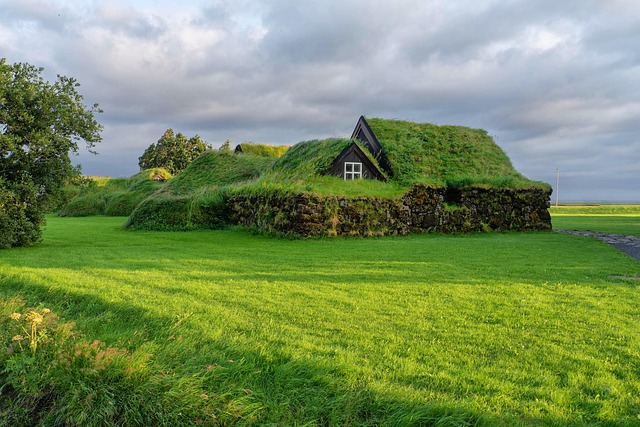
Tile roof installation services provide an extensive array of design possibilities for homeowners, c…….

In recent years, tile roof installation services have embraced eco-friendly materials like bamboo, r…….
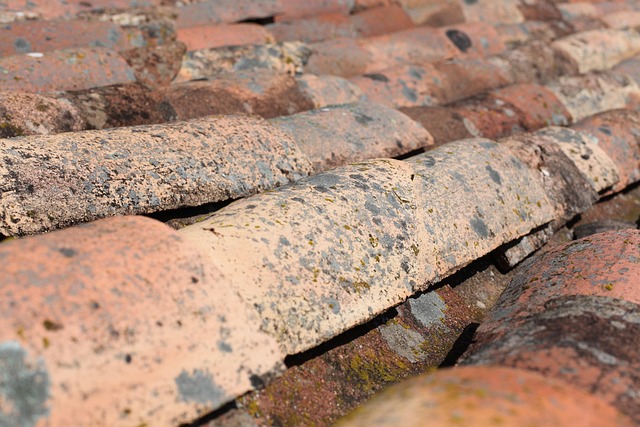
Commercial tile roofing services offer durable and aesthetically pleasing options for businesses. Fr…….

Residential tile roof installations offer significant energy efficiency through their natural therma…….
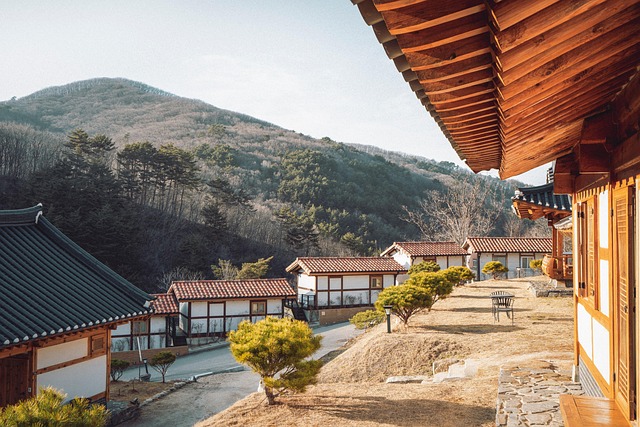
Extending lifespans beyond 50 years is a growing focus, driven by understanding factors contributing…….

Proper tile roof installation is crucial for both structural integrity and aesthetic appeal. Profess…….
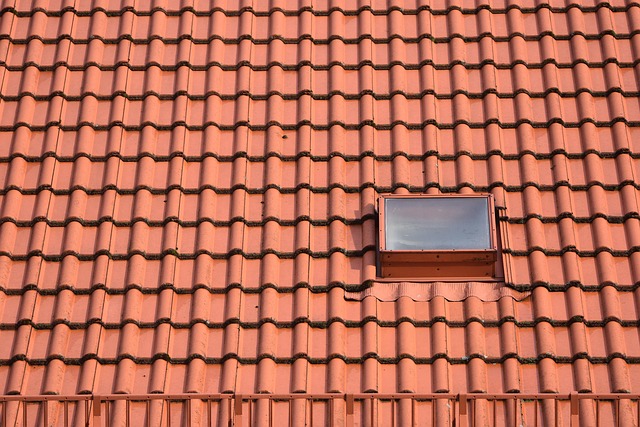
Premium clay and concrete tiles are ideal for residential tile roof installations due to their timel…….
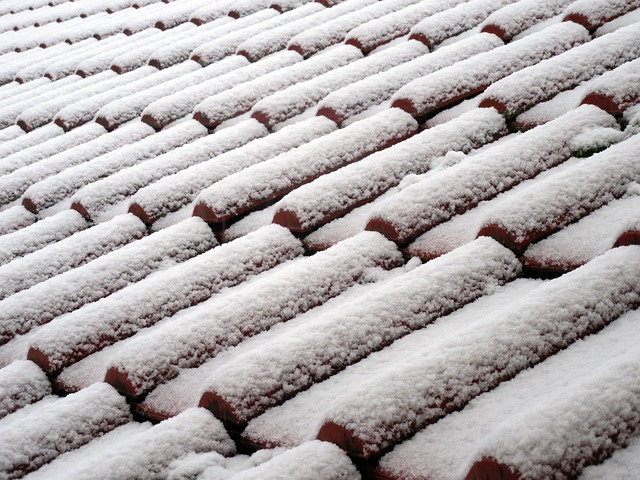
Heavy materials like clay and concrete tiles demand robust structural foundations to ensure safety,…….